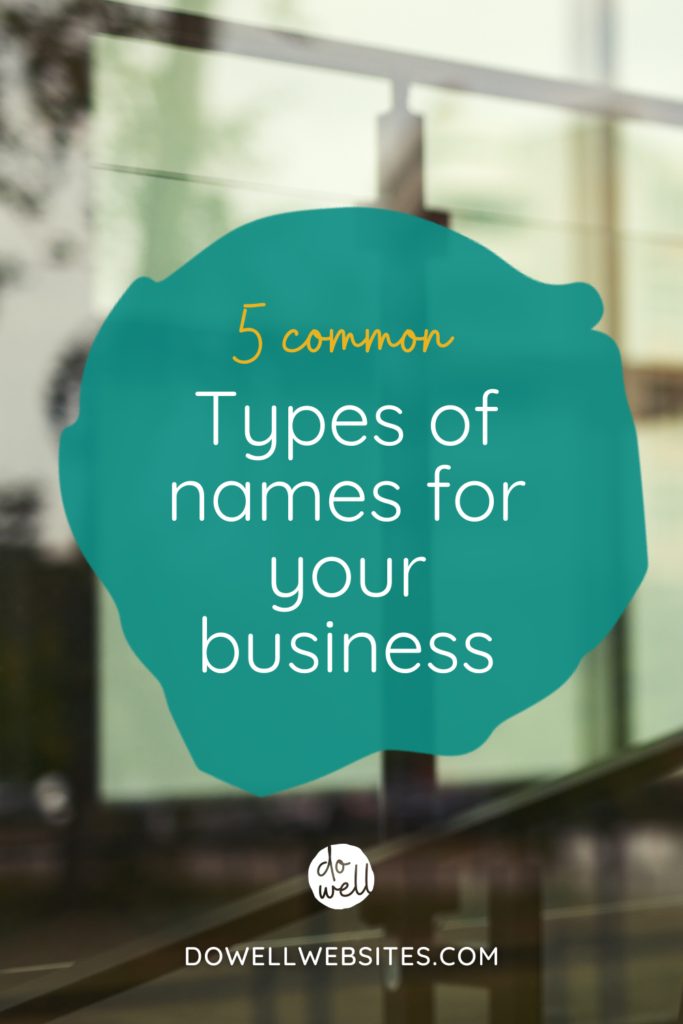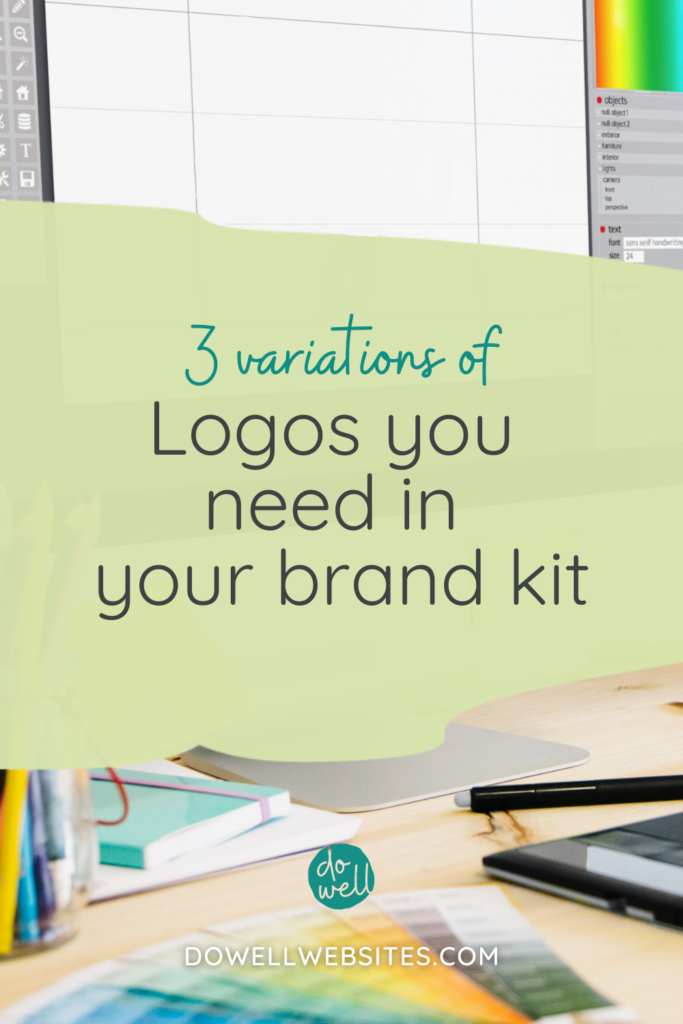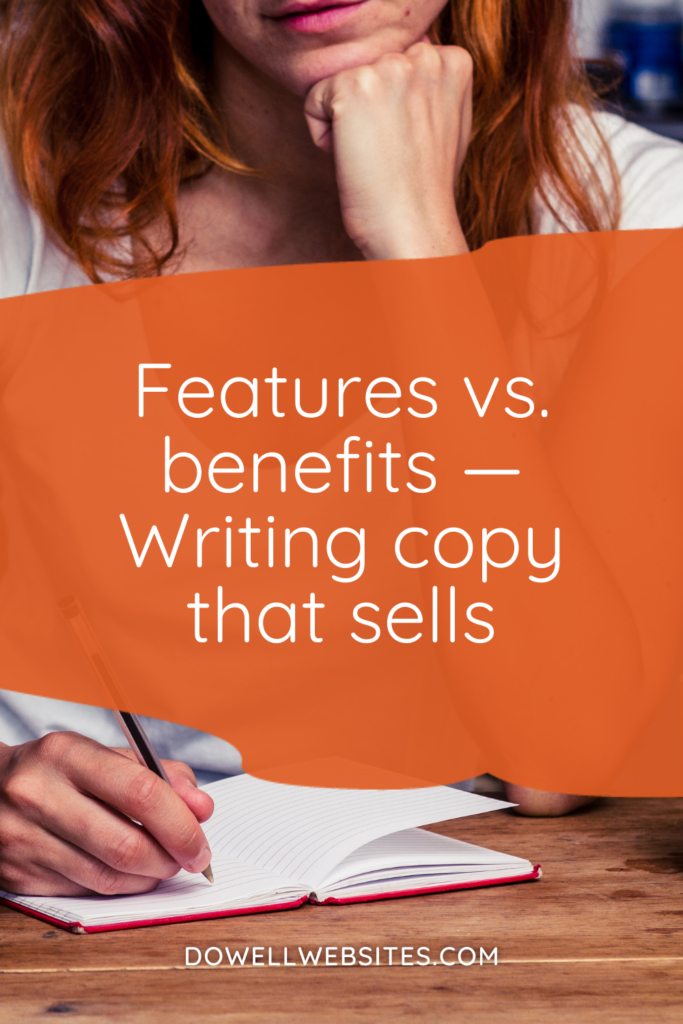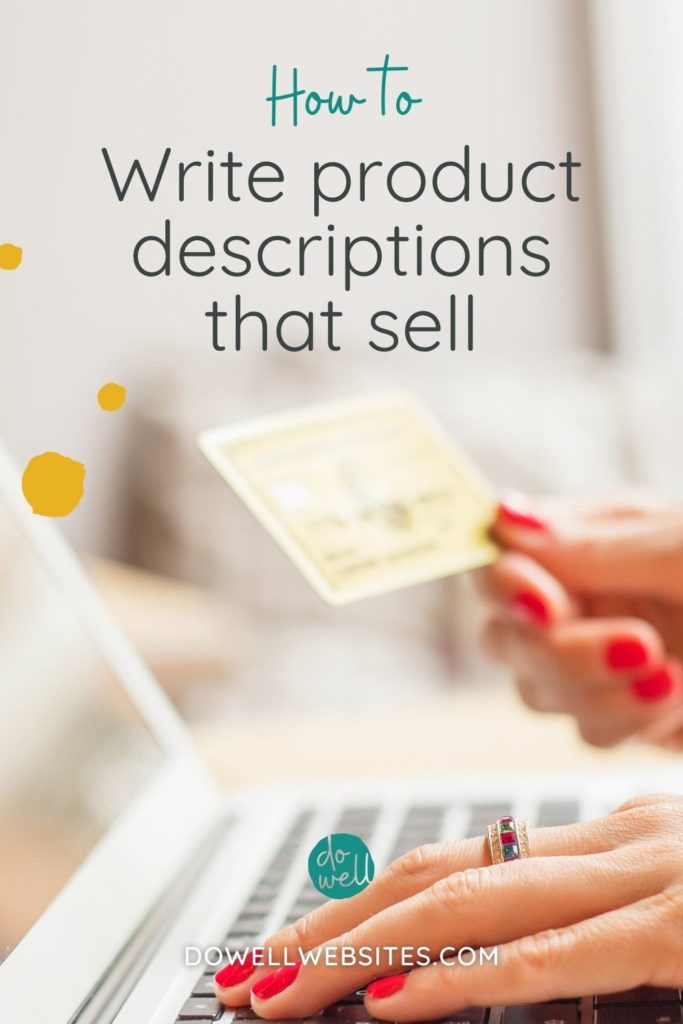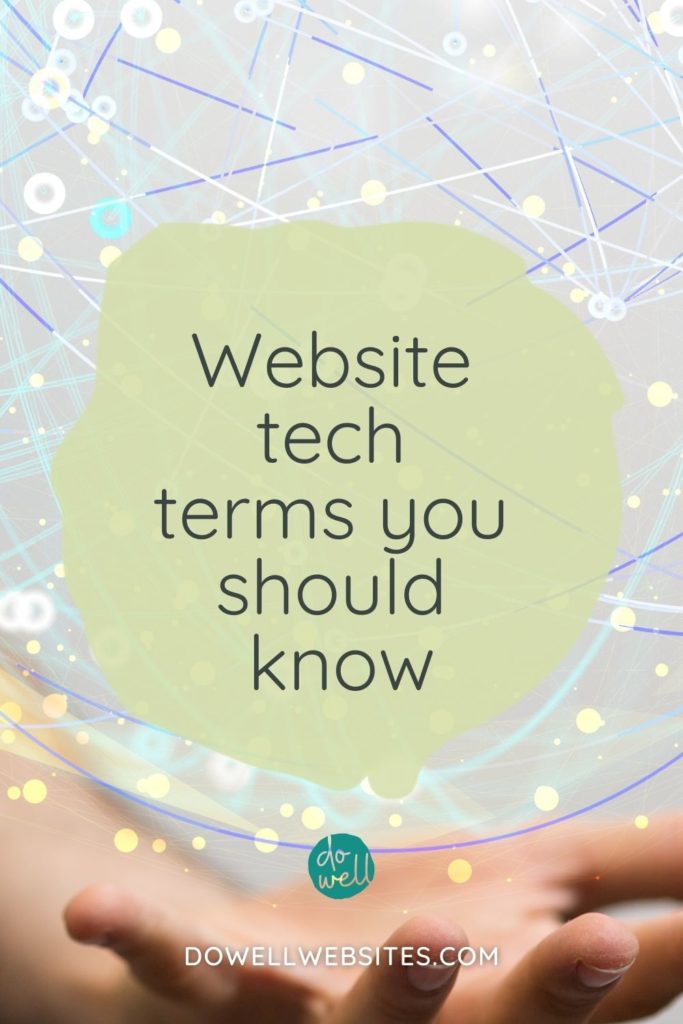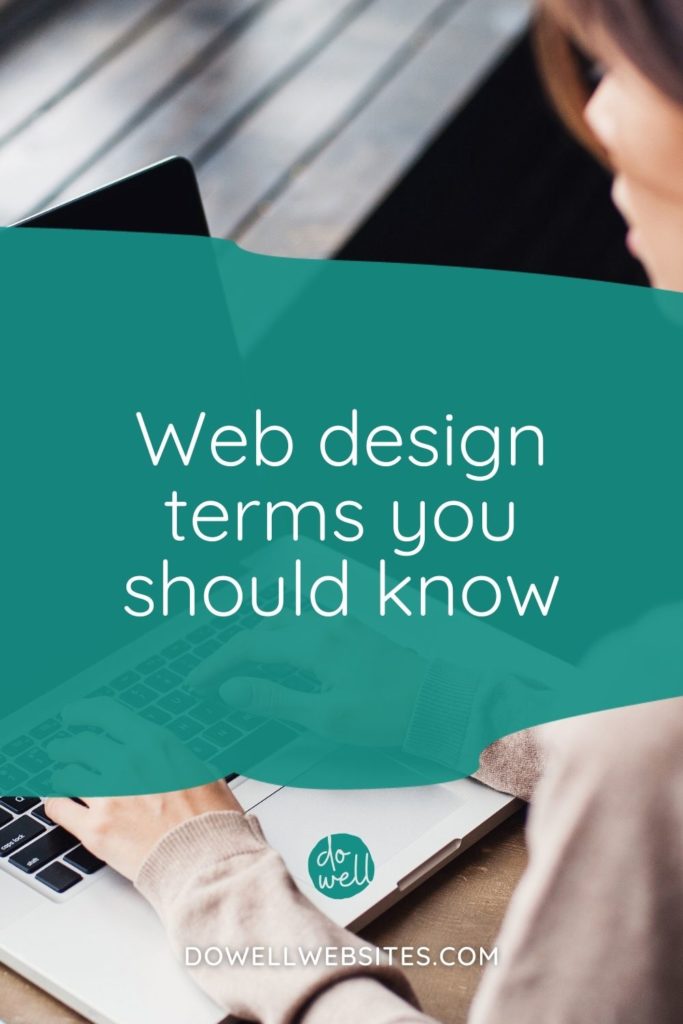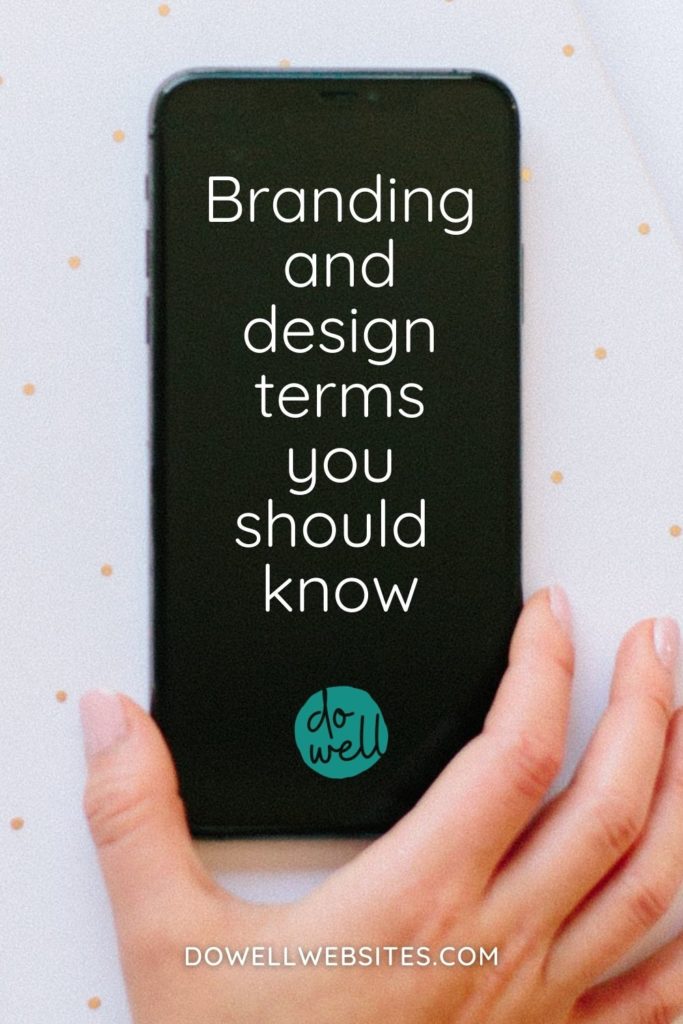
Are you more of a visual learner?
Here’s a video version of this post.
Digital marketing terms you should know (Part 1/4)
It can be confusing to understand all of the digital marketing terms that you need to know in order to run your business online!
Not to worry though, I’ve got you! This is the first in a series of 4 posts that will teach you the basics to get you started.
So let’s dive in!
Niche
Most likely if you’re building an online business, one of the first things you’ll do is to choose a niche. A niche is a segment of a larger market.
For example, if you’re selling shoes, a niche would be boots. A more defined niche would be hiking boots. You can niche down even further by selling hiking boots for women. And an even more “niched” product would be hiking boots for women with wide feet.
Funnel
Once you have determined your niche, you’ve got to think about the journey your dream client takes — from where they are now to the end result of making a purchase.
This journey is referred to as a funnel because like the shape of a funnel, many people are at the start of the journey and as they move along some drop out leaving only a few at the end that will actually purchase.
For an online business, the main stages of a funnel often look like this: your dream client visits your website, subscribes to your email list, gains value from you through your free content, is given an offer for your product or service, and then makes a purchase.
Lead
Near the top of the funnel, when someone has shown interest in your product or service, they’re called a lead. This is usually someone who has shared their contact information with you by having filled out your online form (or opted-in).
Conversion
If someone has opted-in for your offer then they’ve completed your desired action or goal. Conversion is a term that describes this action.
Some examples of conversions are signing up to be on your email list, registering for your workshop or webinar, downloading a coupon, or making an online purchase.
CTA
In order to convert, your lead had to click a button or a link on your website. This invitation to take action is called a call-to-action (or CTA).
Examples of CTAs are “Sign me up”, or “Buy Now.”
Conversion Rate
A conversion rate, then, is the ratio of people who’ve converted ( or completed the action you’ve asked them to take) divided by the total number of visitors.
So, if five out of 100 visitors sign up for your email list or make a purchase, your conversion rate is 5%.
Lead magnet/Freebie/Content Upgrade
Often your visitors are opting-in to get something. This lead magnet, also known as a content upgrade or a freebie, is a free, irresistible offer that you give away in exchange for your visitor’s email address. You often see these in the form of a checklist, a guide, or a quiz for example.
Lead Nurturing
Lead nurturing is how you keep the conversation going with your lead after they’ve joined your email list. This is often a series of emails or messages to engage your lead as you motivate them to make a purchase.
Email automation
When you automate these emails, it’s called an email automation. So, instead of manually creating and sending emails, you can write your series and set them up to automatically be sent to every person that signs up to your list.
ESP
An ESP, or Email Service Provider, is a company that offers email marketing and is what you need to use in order to set up your email automation. Mailerlite, Mailchimp, ActiveCampaign and Convertkit are all examples of these.
Traffic
Now if you’re wondering, “How do I get people to my website in the first place?” Then what you’re talking about is “Traffic.” In online marketing, traffic refers to the number of visitors your website receives.
Organic Traffic
Organic traffic refers to the visitors that land on your website “organically” or naturally through unpaid efforts. When someone finds you through an online search and clicks through to your website, that’s organic traffic.
Paid Traffic
Paid traffic on the other hand refers to visitors who’ve found you through any paid advertising on search engines, social media platforms, or other media networks.
Affiliate
Another form of getting traffic is by using something called affiliate marketing.
An affiliate to your business would be someone who promotes you to their audience. Then when someone purchases through them, you pay them a percentage of the total price.
You can also be an affiliate marketer for another product, service, or program and earn extra income in your business from promoting to your own audience.
Evergreen
Often businesses use affiliates to promote what’s called an “Evergreen product.”
When a product or online program is evergreen, it means that it can be purchased at any time.
So, rather than opening and closing a cart during a live launch period, an evergreen product is consistently available to purchase.
Sales page
Whether or not you’re launching live or have an evergreen product, you’re going to need a sales page to sell online.
A sales page is a standalone page created with one specific purpose in mind, to make sales. The only thing this page is meant to do is to convert your visitors into customers.
Landing page
Much like a sales page, a landing page is also a stand-alone page that’s designed to get your audience to take action (or convert). Usually, there are no other links on the page asking them to do anything except the one thing you want them to do, like download your lead magnet for example.
Homepage
Did you think a landing page was the same as a homepage? You’re not alone, homepages are sometimes called landing pages because you often land on them. But a homepage is the main page of a website.
Its purpose is different though.
This is the page that acts as an introduction to your business by giving a bird’s eye view of what your business has to offer and how you can help solve your dream client’s pain point. It’s the starting point of your website.
Kind of like how this blog is just the starting point to share with you some of the terminology about running an online business.
If you missed the 3 other posts that go over the basic terms you need to know, click the links below:
Branding and design terms you should know (Part 2/4)

Hi, I'm Alli McAuley.
I help passionate entrepreneurs, like you, create a strategic brand and website that stands out to your dream clients so you can run a successful business online.
My ultimate goal is to empower you with the tools you need to live your best life by doing the work your love.

